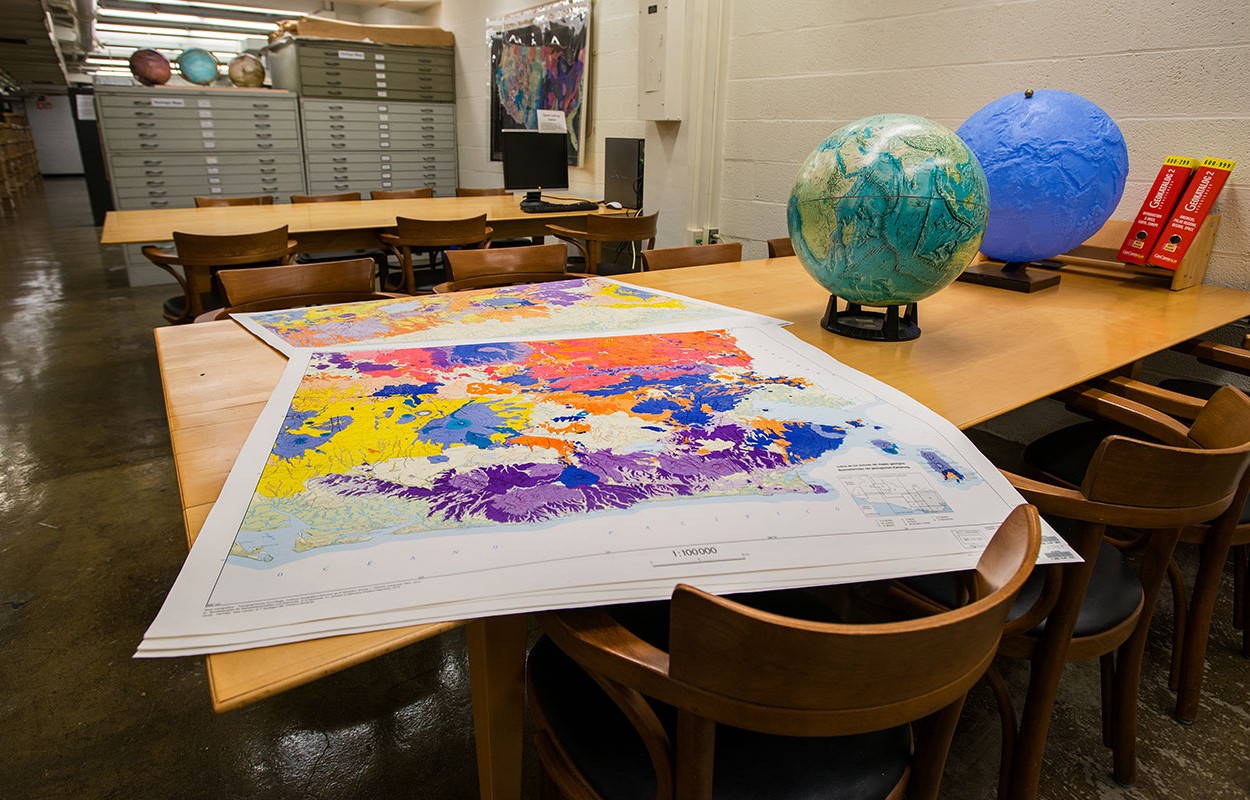How to find openly accessible articles
Below are tips for finding openly accessible versions of articles — that is, non-paywalled articles you can read and download no matter where you are. Depending on where you search, articles may be the final published version, the accepted manuscript, or a preprint.*
Install browser extensions
These tools find legally available manuscript versions as well as final published articles when the journal allows it or if the journal is open access.
- Unpaywall: Install the Chrome or Firefox extension to connect to open access versions of paywalled articles. A lock icon appears on the right-hand side of an article, showing if an OA version is available.
- Open Access Button: Enter an article’s URL, DOI, title, or other information on the OA Button website to find free, legal, open access versions. Or: install the Chrome or Firefox extension, then click on it from a paywalled article to initiate a search for an open version. When free access is not found, the service can contact the author directly to help them make the article available.
Search open repositories & portals
Searching for articles through Google Scholar may find them in well-indexed repositories.
On Google Scholar: Beneath an article’s title and short excerpt is a list of links, including “Save” and “Cite.” If Google finds other versions, there will also be a link to “All versions.” Click this to find OA versions of the peer-reviewed article in repositories like MIT’s DSpace. More information on Google Scholar & article searches.
Examples of repositories to search directly:
- arXiv (preprint repository)
- OSF Preprints (preprint repositories like SocArXiv or AfricArXiv)
- DSpace@MIT (includes an OA articles collection with accepted manuscripts & final published versions)
- PubMed Central (biomedical and life sciences archive from NIH; includes accepted manuscripts and final published versions)
- Social Science Research Network (preprint repository)
Find OA articles via the MIT catalog
Data from the Unpaywall database of open access journals and repositories is integrated into the MIT Libraries catalog, which means an OA version of an article will appear as an option in search results if one is available. Unpaywall is also integrated into Web of Science.
Ask the author
Most publishers allow authors to responsibly share their own publications. The author’s name and institution are usually shown on the preview page of the article.
*What is the difference between article versions?
The accepted, or author’s final, manuscript, is the version of the article that has been peer-reviewed and accepted by the journal but is not in the publisher’s formatting. Here’s an example of an accepted manuscript.
By comparison, the final published version is the article as it appears in the journal. Here’s an example. (Unless the article or journal is open access, most publishers do not allow authors to post the final published version in repositories or on their websites.)
The content is the same in both the accepted and final published versions; both include changes made after peer review. Preprints are not peer reviewed.
Last updated: March 13, 2023
Acknowledgements: Thanks to the UCLA Library for this useful web page.
